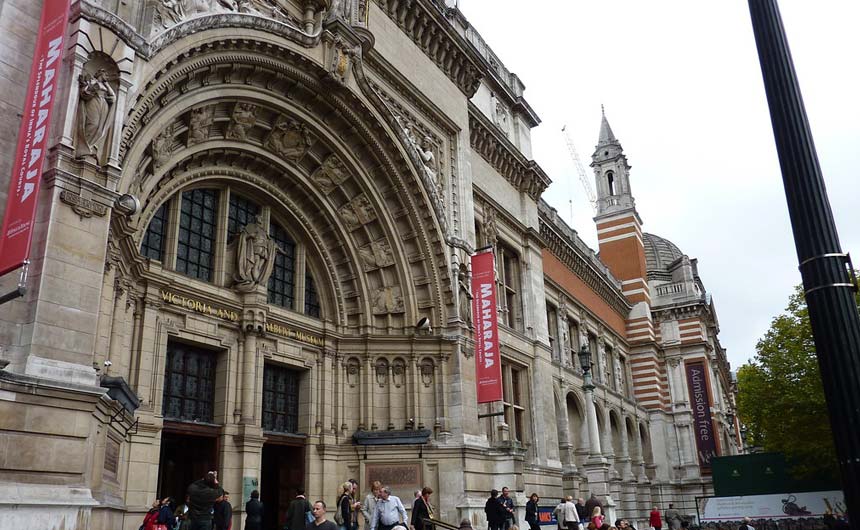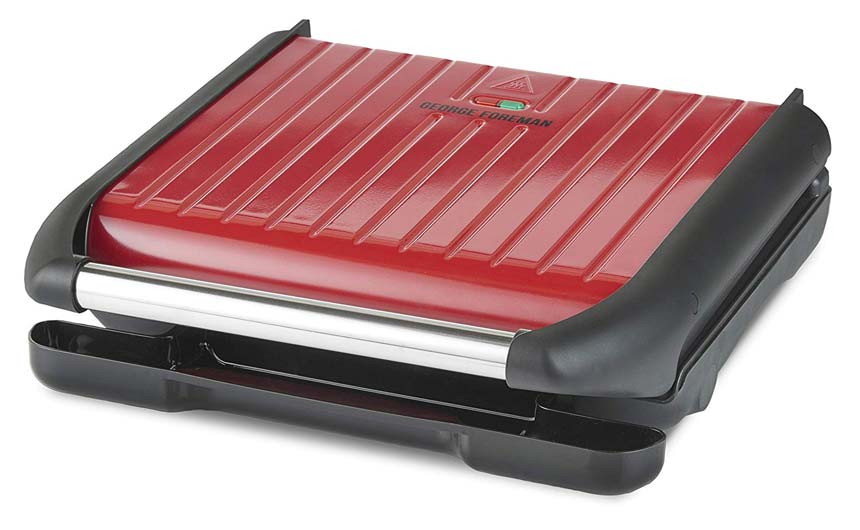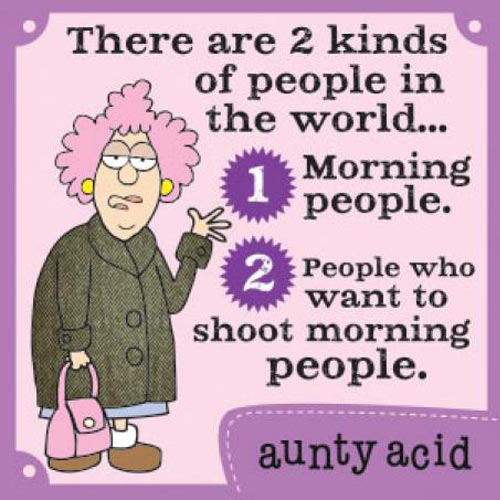Adam Bass, md of Golden Goose, shares some lessons from the licensing coalface.
Fuelled by faith and entrepreneurial optimism, Golden Goose was founded in 2002 to promote licensing as a valuable marketing resource. Somewhat naively we boldly announced licensing as a ‘marketing miracle’ that ‘generates revenue while increasing brand equity’.
While this sales pitch mostly fell on stony ground, we did manage to pick up a handful of little known brands prepared to trust us with their precious intellectual property.
Pitching virtually unlicenseable brands to virtually uninterested licensees is a steep learning curve where you learn patience, persistence, pragmatism and, above all, the art of turning porcine ears into fashionable clutch handbags.
So here are a few lessons from the coalface about how to punch above your weight.
Imagine you’re a small museum with a hotchpotch collection of design-led exhibits. You may not be the best-known museum, in fact you’re probably the least well known. You’re not science or natural history and nobody really knows what you’re supposed to be for.

Yes that’s right you’re the V&A, home of the famous Tippoo’s Tiger (an almost lifesize wooden semi-automaton of a tiger mauling a prostrate figure in European clothes) and probably one of the most successful licensing programmes in the world with an estimated $80 million in sales with 80 licensees across Europe, Australia, China, Japan, South Korea and the US.
When you think that this has built up in roughly the same amount of time as we have been going as an agency, it shows what can happen if you manage to put the right building blocks in place and build momentum.
Licensing is about outsourcing manufacturing and sales in return for a very small share of revenue and 100% of the brand equity. Many companies ignore the 100% of brand equity but it’s probably far more important than the income because, when you get the ‘brand’ part of brand licensing right, the income will take care of itself.
I can remember the early years visiting the licensing show when in New York and being surprised to see old, almost redundant brands without any relevance still achieving great distribution of licensed product in retail. These formerly famous exhibitors like Westinghouse, Blaupunkt or Telefunken were carrying off what I called ‘The Indian Rope Trick’ using licensing to build their own brand.

It only takes one very successful licensee to build momentum and scale and even a very small brand can suddenly find a pocket of opportunity. Consider George Foreman, nobody would have thought the former heavyweight boxer would ever earn $137.5 million from selling the rights to his name, but the income he earned from partnering with Salton Europe to back its lean mean grilling machines meant that it was more profitable for it to buy him out for this amount. George leveraged his history and media presence to do one deal, the deal of his life.
Our latest client, Aunty Acid, has ten million followers on Facebook, we have access to their community and are looking for licensees, but we are well behind Tiana, who has her range of apparel in Asda. This YouTuber has over ten million subscribers and is known by nearly every teenager and has developed her licensing programme by building her audience.

The name of the game when you are small is to find that one thing you do well and focus everything you’ve got on finding a partner that can really show off that one thing. If you’re a museum that maintains ancient military armour, then look at developing your own metal polish and rust removal and build from there. The main thing is to find the one thing that really speaks of your expertise and that consumers will just ‘get’. The closer the connection to the core brand, the better the piece of story telling that goes into the product, the more chance you have of getting consumers to engage, buy and enjoy.
My main piece of advice? Get the product right. You may not be a product person now? Perhaps you’re more of a big picture person who just has the vision and doesn’t like the detail? Find someone who does because you can create a product based on a great idea and a great story but if you want repeat purchase and an increase in brand equity, then you need a great product – a great brand is not enough.
So to summarise, if you’re a small brand:
- Find your unique area of expertise
- Stay close to the core
- Let licensees build your brand
- Focus on product
- Be patient and wait for 20 years!
Wishing you good luck and successful licensing.
This feature originally appeared in the autumn 2019 edition of Licensing Source Book. Click here to read the full publication.































